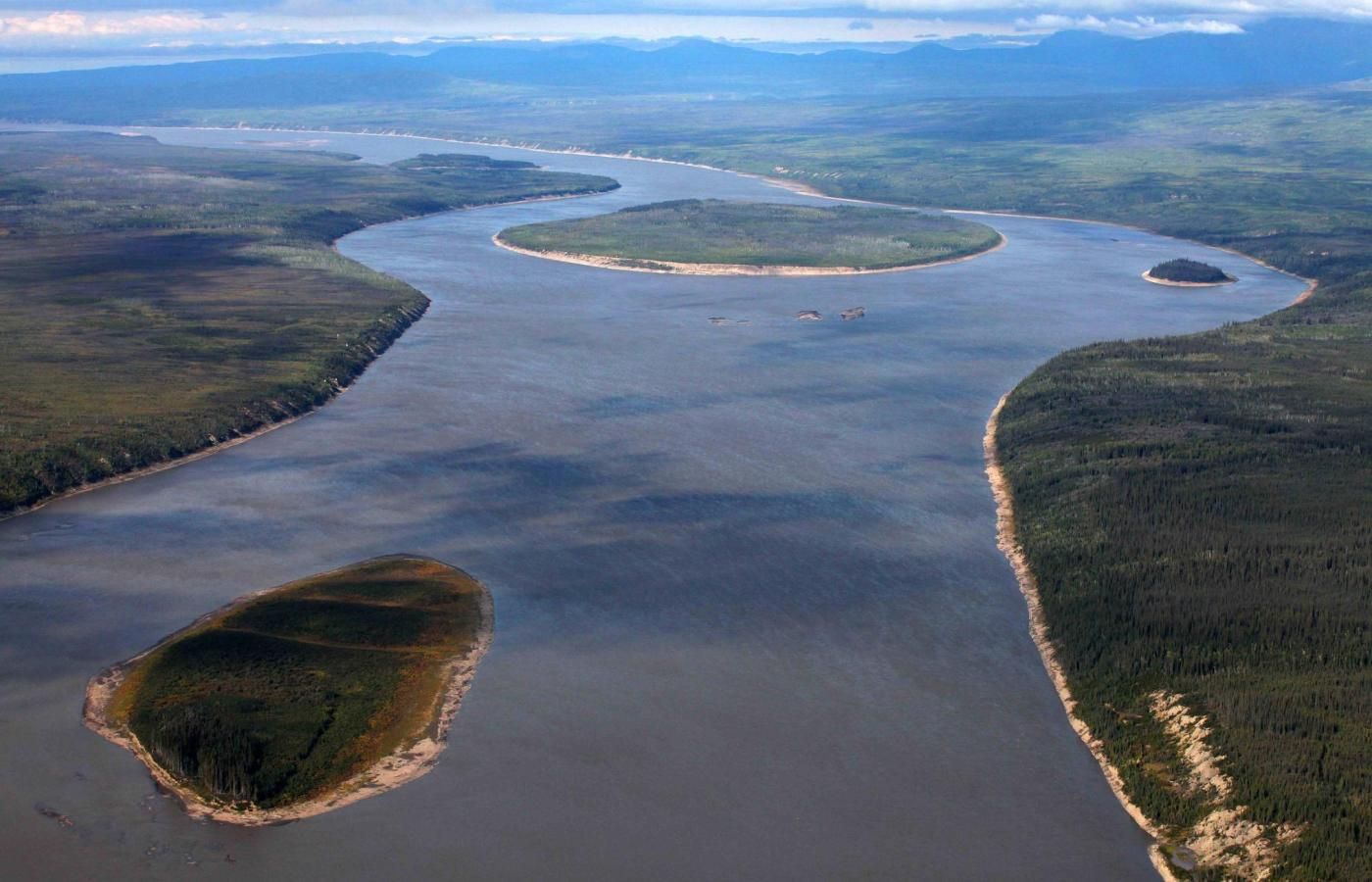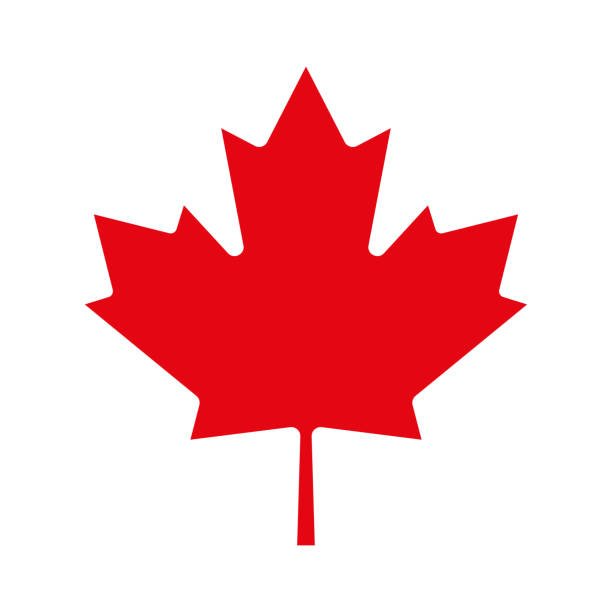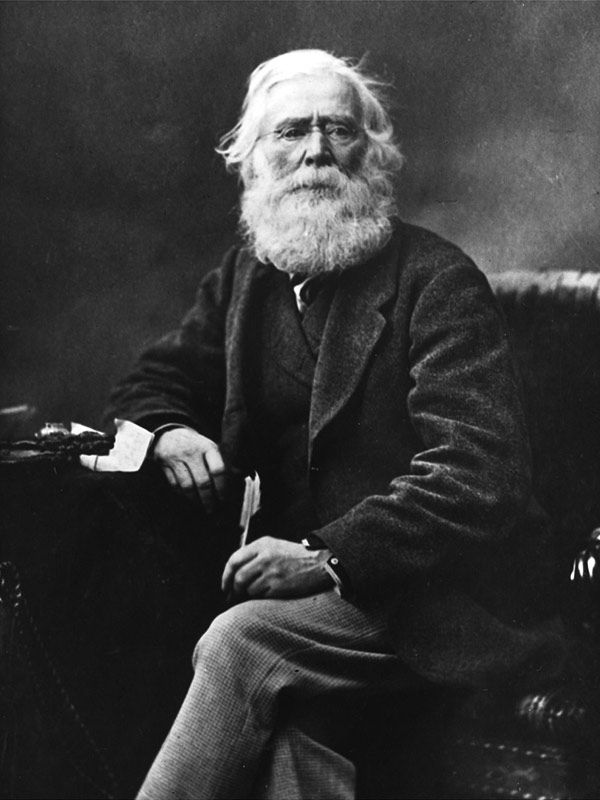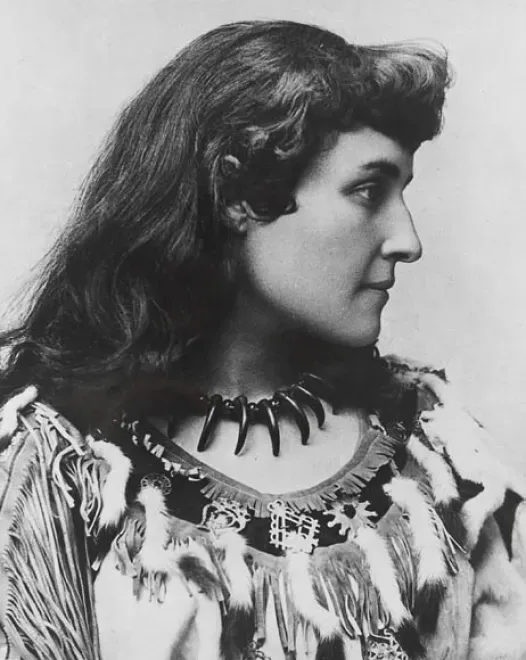Famous Canadian Citizen: Billy Bishop
Billy Bishop is known as the top Canadian Flying Ace of the First World War, with a record of shooting down 72 enemy aircraft. It's important you know his story to pass the Canadian citizenship test.
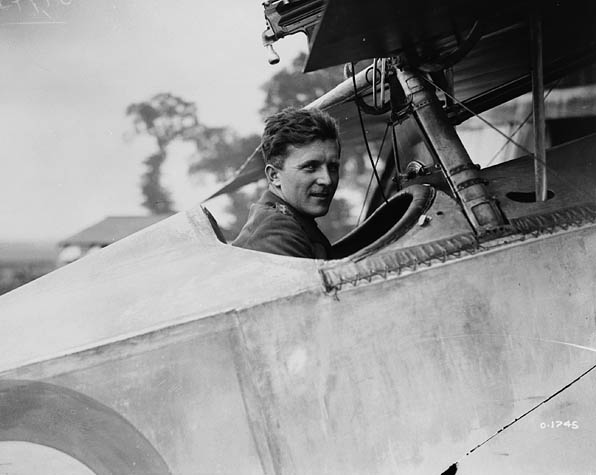
All blog articles reference persons and/or historic sites and events that are cited in the Discover Canada Study Guide and include relevant information necessary for Canadian Citizenship test preparation.
Top Canadian Flying Ace
During the Second World War, he was a key player in the implementation of the British Commonwealth Air Training Plan. This was a joint military air crew training program created by the United Kingdom, Canada, Australia and New Zealand that trained 167,000 air crew personnel in Canada.
Early Years
Bishop was born in Owen Sound, Ontario on February 8, 1894. His parents, William Avery Bishop Sr. and Margaret Louisa (Green) Bishop. He was the third of four children.
During his formative school years, Bishop did not like competitive team sports, preferring swimming, horse riding and shooting. He developed quite a reputation as a scrapper when he was teased regarding his solitary sporting choices.
He became an expert at marksmanship when his father gave him a .22 caliber rifle as a Christmas gift, along with a promise of 25 cents for every squirrel he could shoot in their family orchard. The orchard had evidently been overrun by a destructive plague of squirrels. The young Bishop soon developed a precise one-shot kill and soon the orchard was free of the destructive critters. According to some sources, he learned the art of deflection shooting during this experience. This is the art of following a moving target for a precise kill.
When Bishop was 16 years old, after reading a newspaper article about gliders, he designed and built a glider out of cardboard, wooden crates, bedsheets, and twine. He then piloted it off the roof of his three-story house and crashed it straight into the ground. Fortunately he was not seriously injured. It was the first of several plane crashes he would experience during his lifetime.
The First World War
Following training at the Royal Military College of Canada, and a commission into a cavalry unit, the Mississauga Horse, Bishop was sent to the 7th Canadian Mounted Rifles, a mounted infantry unit, then stationed in London, Ontario. Canadian Citizen, Bishop, was placed in charge of the regimental machine guns. In this area of the military, he excelled and could hit targets that others could hardly see.
Bishop’s unit left Canada for England on June 5, 1915 on a requisitioned cattle ship
Caladonia,
as part of a convoy. On June 21, near Ireland, German Uboats attacked the convoy. Three ships were sunk and 300 Canadian citizens were killed. Bishops cattle ship was unharmed.
The 7th Canadian Mounted Rifles were assigned to train at Shorncliffe Calvary Camp. Conditions there were dismal, and the troops lived in tents pitched on mud and horse manure. On a particularly mucky day, he noticed an airplane land in a nearby field and decided to apply for a transfer. He had had enough! Flight would be better than mud and manure.
Bishop Takes Flight
When arriving in London, England, Bishop was informed that he would not be able to train as a pilot for a year. He then accepted the role of aerial observer, and reported for training at 21 (Training) Squadron for elementary air instruction. After a month of training, he transferred to gunnery training. He was soon in the air crossing the English Channel and flying his first missions as a gunner in a combat zone.
Following a series of accidents and mishaps, Canadian Citizen Bishop, eventually earned his wings in December 1916. In March 1917, the life expectancy of a new pilot in that sector was 11 days. The German aces were shooting down British aircraft 5 to 1. In 1917 he was named flight commander and shortly thereafter became captain. He was able to make many lone-wolf missions deep into enemy territory. Bishop’s no-holds-barred style of flying at the front of the pack of aircraft in surprise attacks against the enemy proved successful.
Bishop earned the Military Cross for his participation in the Battle of Vimy Ridge. The successes of Bishop and his blue-nosed aircraft were noted by the Germans and they began referring to him as “The greatest English Scouting Ace.”
Canadian Citizen, Bishop was awarded the Victoria Cross after flying a mission behind enemy lines where he shot down three aircraft that were taking off to attack him and he also destroyed more aircraft on the ground at that time.
Bishop Returns to Canada
Bishop returned to Canada on leave in the fall of 1917. He was seen as a hero and his notoriety helped to boost the morale of the Canadian public. On October 17, 1917, Bishop married his sweetheart, Margaret Eaton Burden, who he had been engaged to for a number of years.
Following his leave, he was assigned to the British War Mission in Washington, D.C. to help the Americans build an air force. While in Washington, he wrote his autobiography,
Winged Warfare.
Bishop Returns to the War in Europe
Bishop was promoted to major and given command of No. 85 Squadron, the Flying Foxes, when he returned to England in 1918. By the end of the war, he had claimed over 72 air victories.
Second World War
Canadian Citizen Bishop served as Director of Recruiting for the Royal Canadian Air Force. He developed a system for training pilots across Canada and became instrumental in setting up and promoting the British Commonwealth Air Training Plan, which trained over 167,000 airmen in Canada during the Second World War.
Bishop’s Family
Billy Bishop and wife, Margaret Eaton Burden, had a son, William and a daughter, Margaret. William was presented with his wings by his father during the Second World War. He went on to become a Spitfire pilot. Margaret was a wireless radio operator during World War II, whom Bishop presented with a Wireless Sparks Badge in 1944.
Bishop passed away in 1956, following years of poor health.
Joy Dirks
November, 2022
